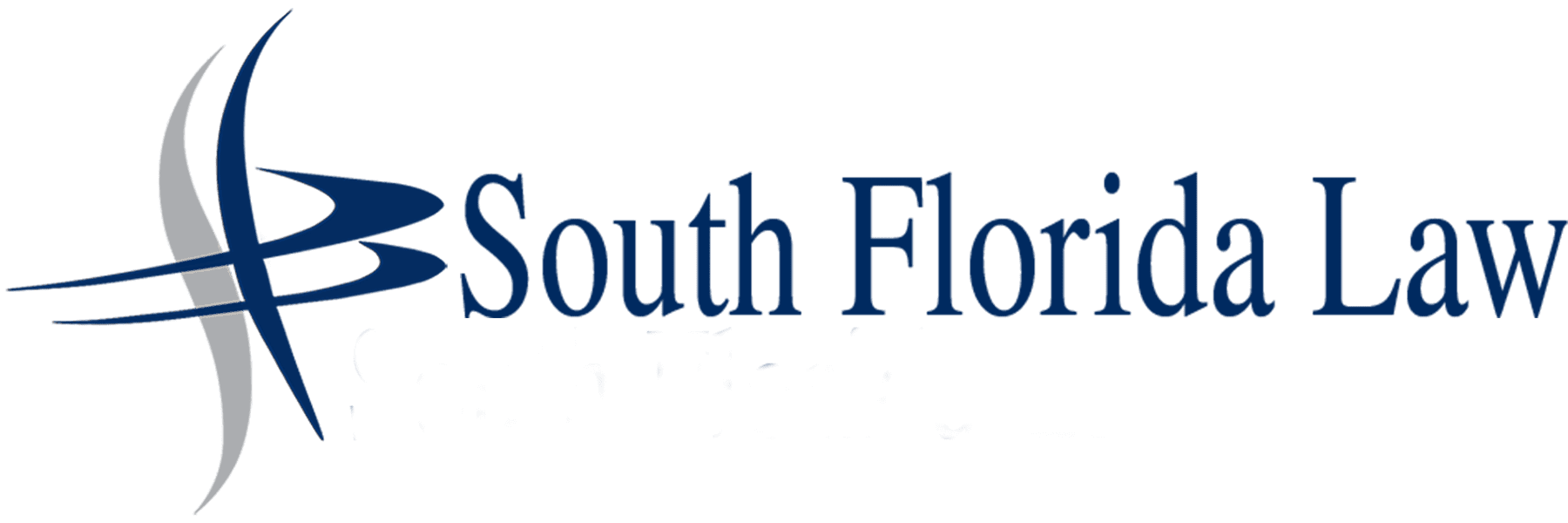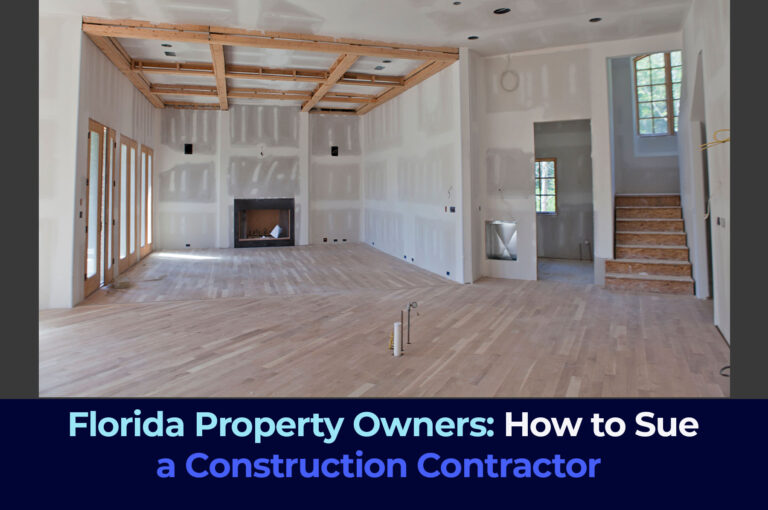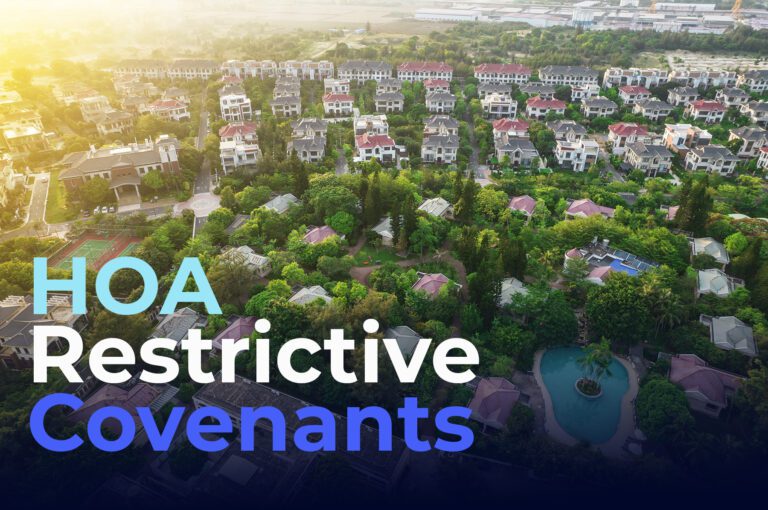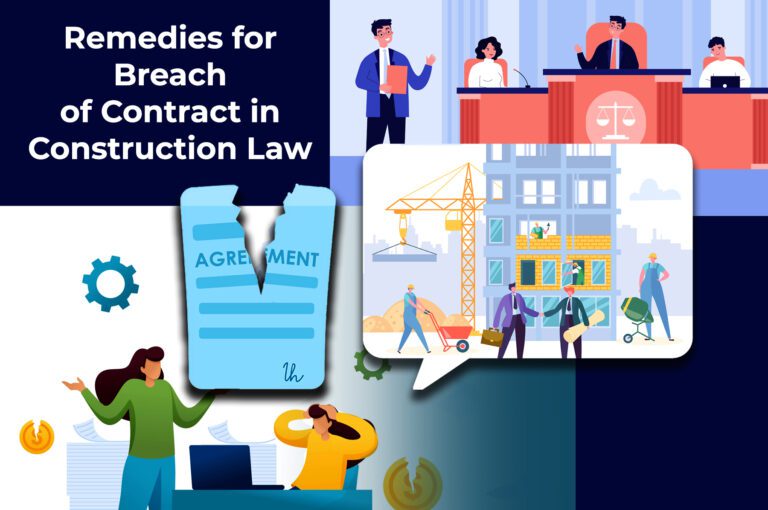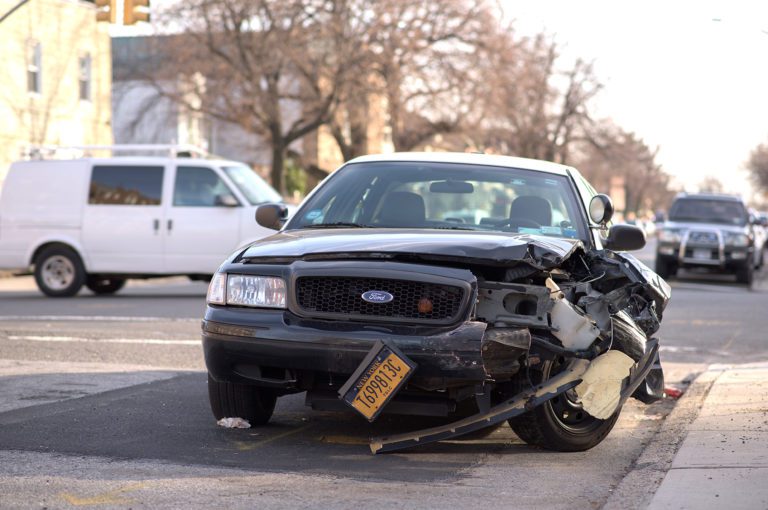Reinstating a Dormant HOA
Establishing an HOA either from scratch or as the result of a handover from a property developer to the community requires all the parties involved to follow set processes that are highly regulated.
On the other hand, there are fewer guidelines available for reinstating a dormant HOA. Reinstating a dormant HOA may be necessary after an HOA has gone some time without regular meetings, leadership and collection of dues. Often, in the run up to reinstating an HOA, there could be a period of time in which there are no urgent matters that require the HOA’s attention. Then, suddenly, an emergency or requirement to make repairs may arise that necessitates the presence of the HOA.
In such circumstances, what steps can a Florida-based community take in reinstating a dormant HOA?
Let’s examine five concrete steps:
Step 1: Research Florida Statute
Members of the community looking to revive their HOA can review Florida Statute Chapter 720 which governs the establishment and running of HOAs throughout the state (Note: condo associations are governed according to Chapter 718). This chapter of the Florida Statute outlines association powers and duties in general terms, how board meetings must be held; how official records are required to be kept and how budgets and financial reporting must be managed.
It helps too to be aware of any relevant municipal or county codes governing the establishment and management of associations.
Once these regulations have been read, community members interested in reinstating a dormant HOA can look at what has been done in the time that the HOA lay dormant. Have there been violations of Florida State Statute or local codes?
Step 2: Read Your Governing Documents
Likewise, community members can review the documentation that officially governs their specific HOA. These include two documents: the association’s Covenants, Conditions, and Restrictions (CC&Rs) and the association’s bylaws.
In the most general terms, the CC&Rs of an HOA will explain what needs to be done while the bylaws will provide guidance on how those tasks should be carried out. For example, CC&Rs will typically cover the following aspects of running an HOA:
- Common area maintenance obligations (by the HOA)
- Community fees, dues and assessments
- Descriptions of the dispute resolution process
- Homeowners’ property maintenance standards
- Procedures for enforcement and fines
- Requirements for Insurance at the homeowner and community levels
- Restrictive covenants that affect homeowner rights (such as decorative and architectural restrictions, pet restrictions, property use restrictions and vehicle restrictions)
Bylaws, on the other hand, typically include the following process and procedure-related items:
- Frequency and format of board meetings, nominations and elections
- Homeowner voting rights
- Quorum and other meeting requirements
- The duties and responsibilities of board members
- The total number of board members permitted and the duration of their service
As with reviewing the Florida State statute related to HOA governance, the community members reinstating an HOA could consider what requirements, if any, within the governing documents were met during the HOA’s lapse.
“…CC&Rs of an HOA will explain what needs to be done while the bylaws will provide guidance on how those tasks should be carried out.”
Step 3: Reestablish HOA Leadership
In many cases, a lapsed HOA would have few or no remaining directors. In such cases, members of the community need to elect new leadership to make decisions on the part of the HOA. When doing this, it is essential that a meeting is held wherein the legally required quorum of board members is met.
Once a valid meeting has been held and voting by the community has taken place according to Florida State Statute, local codes, and the HOA’s governing documents, then the HOA will be in a position to begin to revive its control over the common areas of the community, make necessary fee assessments and determine what is needed to be done to re-establish management the community.
Step 4: Make Necessary Fixes
One of the roles of the new HOA board would be to review what has been happening during the time that the HOA was dormant. It is likely that during that time the HOA was not in compliance with regards to meetings, records, budget management and voting. Just as likely, members of the community may not be in compliance with their obligations and may have violated HOA rules without being warned or fined during this period.
A physical review of community property could also be conducted at this time to determine whether there is an acute need for repairs and other maintenance that was ignored during the time the HOA was not in effect.
One consideration in some communities is that in the absence of an HOA board, other entities may have rushed in to fill the leadership gap. For example, perhaps a property management company has been maintaining the community during this time. In this case, the new HOA board will need to re-establish a client-contractor relationship with the management company.
Step 5: Get Legal Advice
Communities going through this process can seek legal advice and should avoid the temptation to “go it alone”. Newly re-established HOAs are likely to run into legal pitfalls that can be difficult to navigate. For example, members of the community may make claims of negligence based on the fact that the HOA was not living up to its obligations during the lapse. Likewise, the new HOA may need to make a large special assessment of the community to compensate for the lack of fees charged during the lapse. These assessments are likely to be unpopular and homeowners may seek legal help to challenge them.
Reconciling the many layers of legal regulations (federal, state, local, CC&Rs and bylaws) and knowing which laws supersede the others in cases of conflict can be confusing. Even when there are no conflicts, the language of the laws in question can be difficult to interpret. A local legal counsel with extensive experience in handling HOA and Condo Association law can help newly re-established HOAs resume their operations while limiting the risk of legal disputes and fines.
South Florida Law
The complexities of Florida’s HOA and condo association law make the process of reinstating a dormant HOA challenging. If you are in the process of reinstating a dormant HOA, be sure not to “go it alone”. Here at South Florida Law we have boutique firm attention to detail with the big firm resources necessary to draft communications with your community, review community governing documents and represent associations in mediation, arbitration and even in court. Call us today for an initial consultation on 305.900.8885 or reach out via our contact form.
